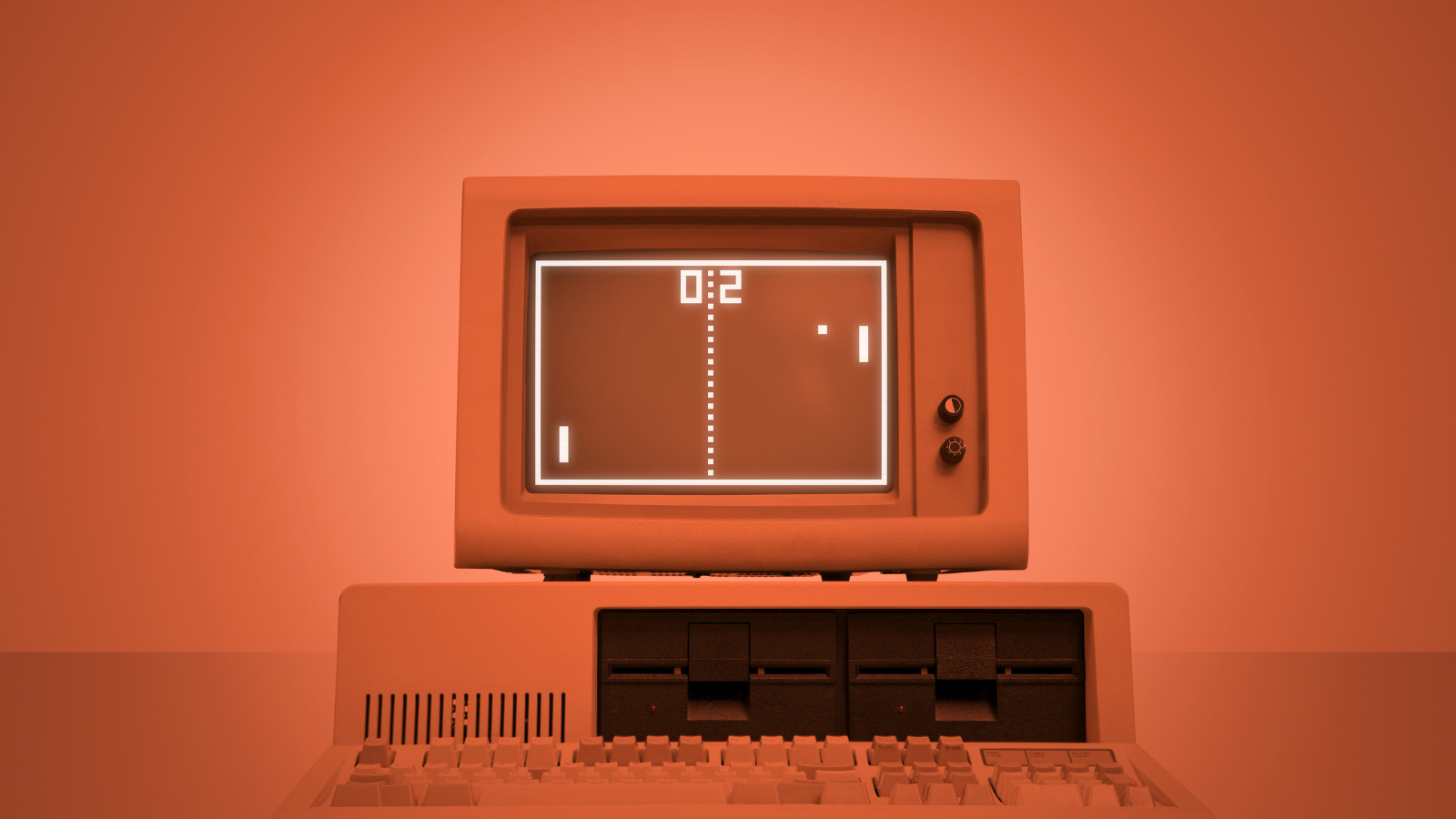Within the world of PC gaming, little matters more than achieving the perfect graphics-to-FPS ratio. In this guide, we’re covering everything you need to know to check what FPS you’re getting.
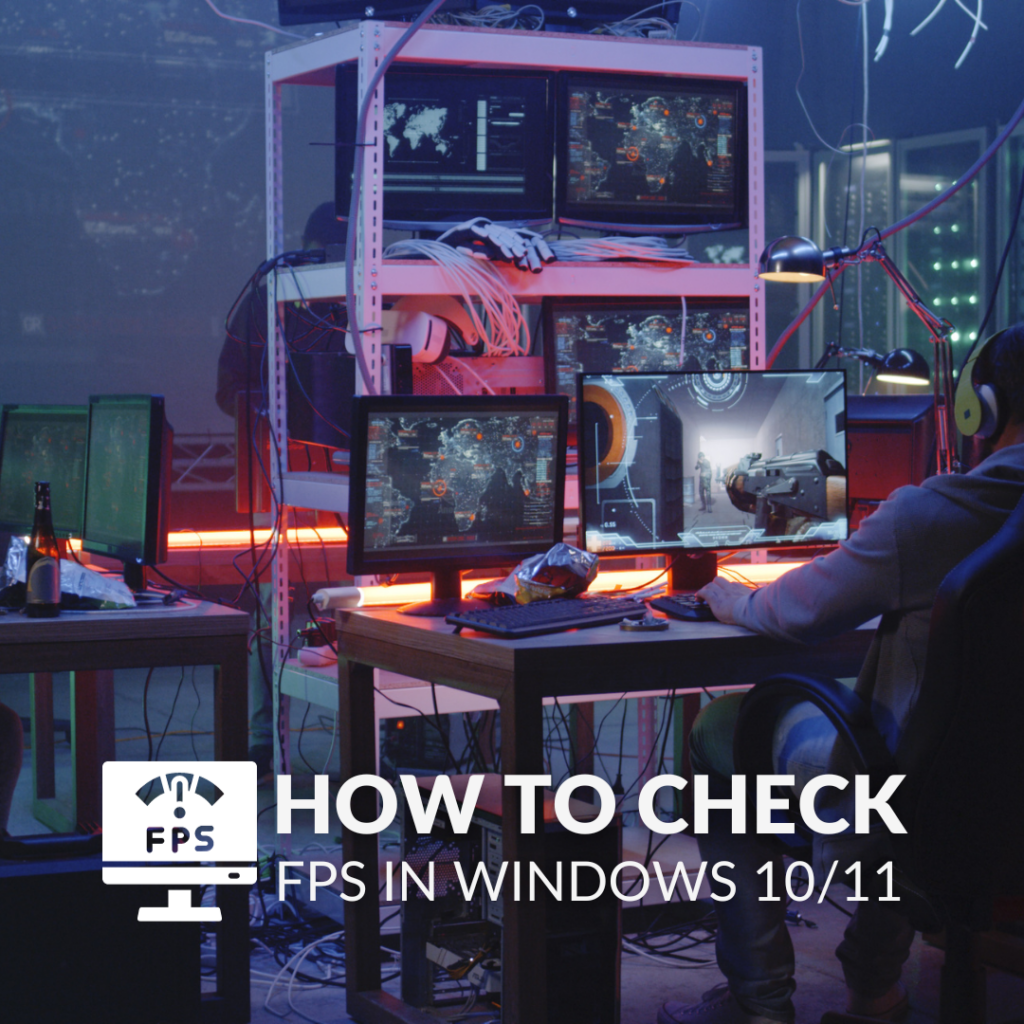
Long gone are the days of paying for Fraps to check your in-game FPS and record an ‘Ultimate Gaming Montage’ or two. Whether you’re a competitive gamer or just a casual player, monitoring your Frames Per Second (FPS) is crucial to ensure your system is performing correctly.
Why Check Your FPS?
Before delving into the how, let’s briefly discuss the why. Monitoring your FPS is essential for several reasons:
- Optimal Performance: Keeping an eye on your FPS helps you ensure that your hardware is performing at its best, preventing lag, stuttering, and other performance issues.
- Graphics Settings: Adjusting in-game graphics settings based on FPS data allows you to find the sweet spot between visual quality and performance.
- Hardware Upgrades: FPS monitoring can reveal when it’s time for a hardware upgrade to keep up with the latest games. See also – Why am I getting 12FPS in Starfield?! 😭😭
So, How Can You Check FPS
There are actually quite a few ways to check your FPS, including dedicated software or even the games you’re playing themselves.
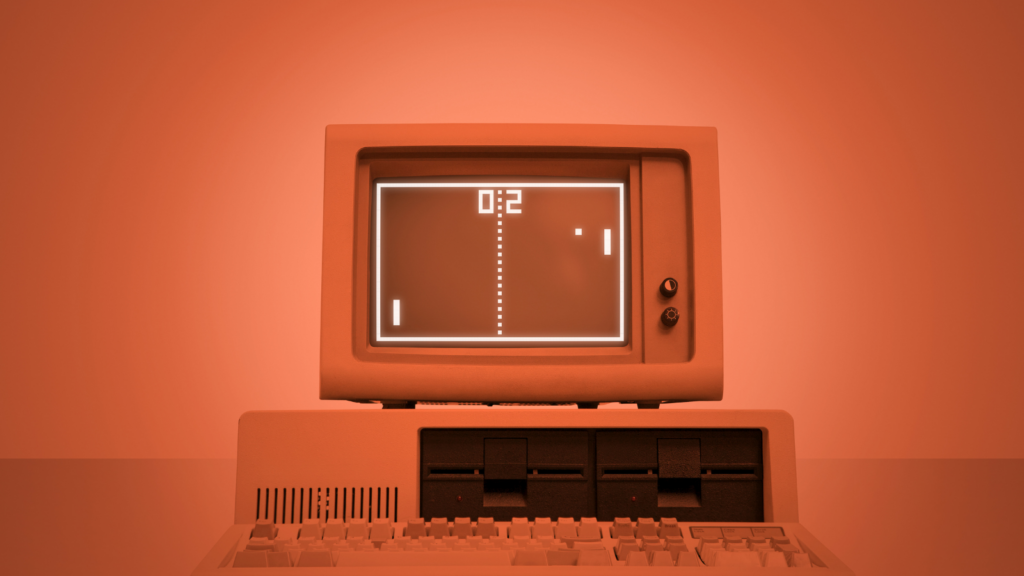
Built-in Game Features
A surprising amount of PC games come with built-in FPS monitoring tools, including GTA V, Counter-Strike 2, and Warzone 2. You’ll need to check the settings page to see if a game has a built-in FPS counter. Often, this tool will be in Game or Graphics Options.
Steam Overlay
If you’re a Steam user, the Steam Overlay provides an FPS counter. To enable it, go to Steam Settings > In-Game and choose where you want the FPS counter to appear on your screen.


NVIDIA GeForce Experience
If you have an NVIDIA GPU, the GeForce Experience software includes an FPS counter feature. To activate it, open the GeForce Experience overlay and navigate to Settings > General > In-Game Overlay. You can even customise the location and appearance of the FPS counter here.
AMD Radeon Software
AMD users can use the Radeon Software to monitor FPS. Open the Radeon Software application, go to Performance > Performance Monitoring, and enable the metrics overlay. You can customise the metrics, including FPS.
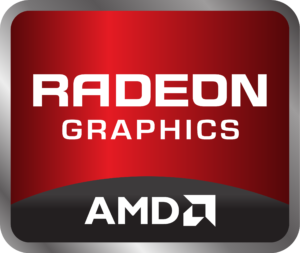

Windows Game Bar
The Windows Game Bar, available in Windows 10 and newer, features an in-built FPS counter. Ideal for gamers who prefer a native solution, it’s simple to enable and use. Press Win + G to activate the Game Bar and select the “Performance” tab while in-game to see real-time FPS data. You can customise the counter’s appearance, including its position and size, making it hassle-free to monitor your FPS without third-party software.
Time For an FPS Boost?
Don’t like what any of these FPS counters are telling you? Then, it might be time for a bit of an upgrade. Whether you’re in need of some new PC Components, or even a whole new Gaming PC, Overclockers UK have you covered.
OcUK Gaming Radiance Frosty MK2 Powered By Asus Gaming PC
- Intel i5 11400F CPU
- NVIDIA RTX 4060 GPU
- 16GB DDR4 3200MHz RAM
- 500GB M.2 SSD
- Windows 11
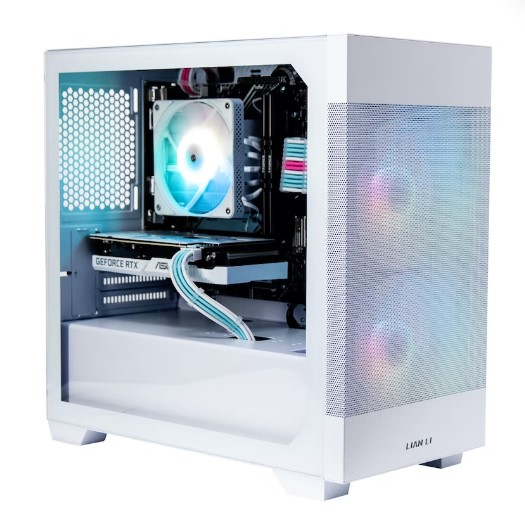
PC specs are subject to change.
